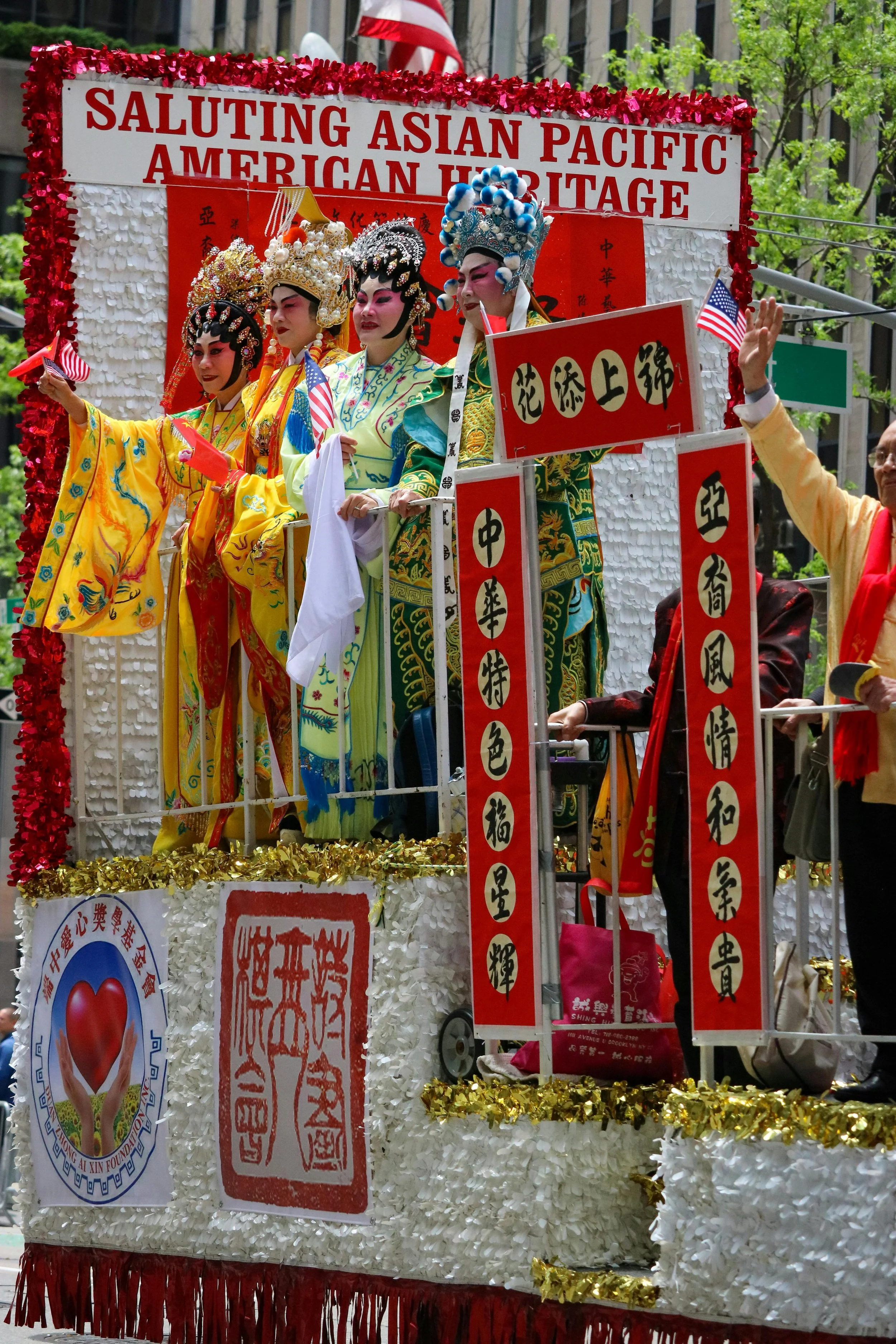From Trends to Toxins: The Hidden Costs of Fast Fashion and Overconsumption
Photo from Pexels by Ron Lach.
Abbie Dong
Overconsumption and Fashion
Bows are totally out of style now! In fact, what are we wearing this spring? A camouflage hoodie with Sambas? Actually, are Sambas even trendy anymore? Maybe these questions have crossed your mind more than once. From bubble skirts in the summer to UGGs in the winter, the fashion “staples” are constantly changing. New clothing trends cause fast fashion and overconsumption, but what’s wrong with that?
With giant clothing hauls and fashion influencers on the rise, we’re buying more clothes than ever. According to Rashmila Maiti, people are consuming 400% more than 20 years ago, with approximately 80 billion new garments consumed each year. To profit off the increasingly high demand, companies use fast fashion.
Fast fashion, an industry worth over $100 billion, was a term first used by the New York Times in 1990 and refers to low-quality, cheaply-made-and-priced pieces of clothing that reflect emerging trends. These pieces then get sold at stores for a short period before making the clearance rack as new fads are introduced, repeating the cycle. While this allows consumers to quickly get their hands on wants, it creates a multitude of environmental and human rights concerns.
Environmental Concerns
The fashion industry is directly responsible for contributing to worsening the environment. From plants to the fashion industry, everything needs water to survive. Water is needed for the farming of cotton, dyeing of thread, and other processes in creating clothing. However, the large usage of water doesn’t come without a cost. According to Business Insider, textile dyeing is the second largest polluter of water. Additionally, 10% of all carbon emissions per year are from the fashion industry. That’s over three billion metric tons of carbon! With fast fashion’s impact on the environment, it’s clear something needs to change.
Human Rights Concerns
Unfortunately, environmental problems aren’t the only issues that have arised from fast fashion. Fashion companies take advantage of underdeveloped nations and exploit impoverished citizens to produce clothing at a low cost through sweatshops. Sweatshops, small factories with dangerous and unhygienic conditions, have workers enduring long hours for little pay while risking injury or even death. Lei Nguyen reported sweatshop workers in Bangladesh are paid only 33 cents per hour. We can all agree that 33 cents is not a livable wage when the average cost of living is around $388 per month in Bangladesh.
How to Help
Fast fashion and overconsumption doesn’t have to happen to the extent it does. By asking yourself simple questions (ex: Will I actually wear it? Do I have something similar?), investing in quality pieces, and thrifting, you can save money and reduce the negative impact of overconsumption and fast fashion. Remember, buying clothes isn’t bad, but be mindful of what you’re buying, how much you’re consuming, and the consequences of your purchase.
Sources:
Rethinking Clothing Consumption: Understanding the Human Cost of Fast Fashion - University Policy
Fast Fashion and Its Environmental Impact in 2025 | Earth.Org
How Fast Fashion Hurts the Planet Through Pollution and Waste - Business Insider
Fast fashion’s environmental and human costs | PBS NewsHour Classroom
The Aftermath of Fast Fashion: How Discarded Clothes Impact Public Health and the Environment | SPH
The impact of climate change on the cotton industry | Copernicus.






